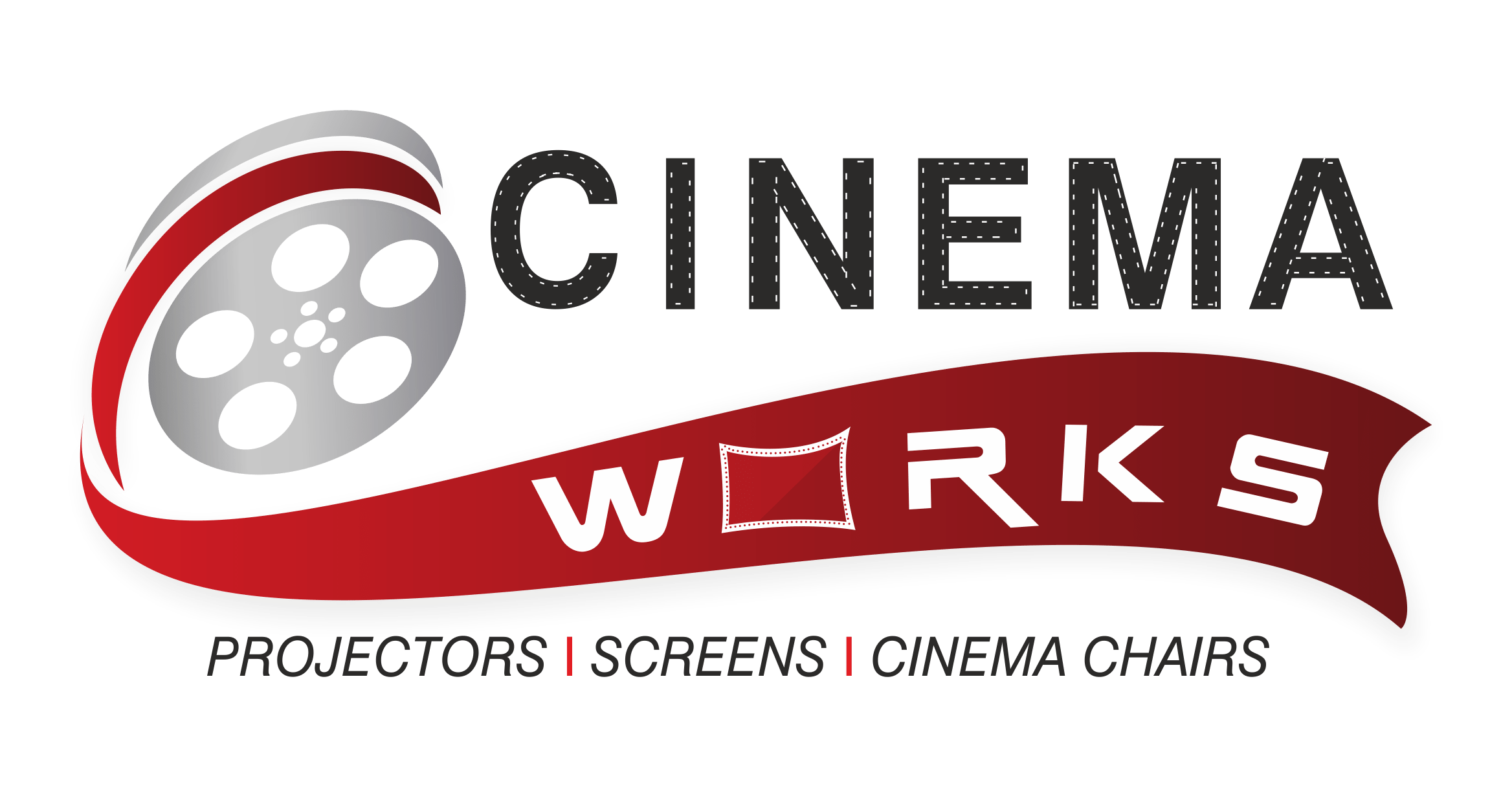Screen Technologies Compared: Laser Phosphor vs. Mini-LED vs. MicroLED for Cinemas
Introduction: The Evolution of Cinema Projection
The cinematic experience is constantly evolving, and a significant driver of this evolution is the ongoing improvement in projection technology. Gone are the days of solely relying on traditional lamp-based projectors. Today, cinemas have a choice between several advanced display technologies, each vying for the title of the ultimate viewing experience. This article delves into three leading contenders: laser phosphor, Mini-LED, and MicroLED, comparing their strengths, weaknesses, and suitability for modern cinema installations.
Laser Phosphor Projection: The Current Industry Standard
Laser phosphor projection has rapidly become the dominant force in cinema projection. Its superior color accuracy, higher brightness, and longer lifespan compared to traditional lamp-based systems have made it a popular choice for both large and small cinema chains.
Advantages of Laser Phosphor:
- Exceptional Brightness and Contrast: Laser phosphor projectors offer significantly higher brightness and contrast ratios, resulting in a more vibrant and immersive image, especially in brightly lit environments.
- Extended Lifespan: The lifespan of laser light sources significantly exceeds that of traditional lamps, reducing maintenance costs and downtime.
- Consistent Color Accuracy: Laser light sources maintain consistent color accuracy throughout their operational life, unlike lamps which tend to degrade over time.
- Cost-Effective Solution: While initially more expensive than lamp-based systems, the long lifespan and reduced maintenance costs make laser phosphor a cost-effective solution in the long run.
Disadvantages of Laser Phosphor:
- Potential for Color Uniformity Issues: While generally excellent, some laser phosphor systems can experience slight color variations across the screen.
- Requires Specialized Installation: Installation can be more complex compared to simpler lamp-based systems.
Mini-LED: A Stepping Stone to Higher Resolution
Mini-LED technology represents a significant leap forward from traditional LED backlighting. By using many smaller LEDs, it offers improved contrast and local dimming capabilities. While not yet as prevalent in cinemas as laser phosphor, Mini-LED is gaining traction, particularly in high-end home theaters, and its adoption in cinemas is expected to increase.
Advantages of Mini-LED:
Disadvantages of Mini-LED:
- Bloom Effect: Light leakage around bright objects can still occur, although less pronounced than with traditional LED backlighting.
- Limited Resolution Compared to MicroLED: While significantly better than traditional LCD, Mini-LED doesn’t offer the same resolution potential as MicroLED.
MicroLED: The Future of Cinema?
MicroLED technology is considered the next frontier in display technology. By using millions of self-emissive microscopic LEDs, it offers unprecedented brightness, contrast, and color accuracy, alongside potentially higher resolutions than ever before seen in cinemas. However, its high cost and complexity currently limit its widespread adoption.
Advantages of MicroLED:
- Unmatched Brightness and Contrast: MicroLED displays offer unparalleled brightness and contrast ratios, resulting in breathtaking image quality.
- Perfect Blacks: Individual LEDs can be precisely controlled, resulting in perfect blacks and an exceptionally wide dynamic range.
- High Resolution Potential: MicroLED technology is capable of extremely high resolutions, pushing the boundaries of visual fidelity.
- Wide Color Gamut: MicroLED displays can reproduce a wider range of colors than other technologies.
Disadvantages of MicroLED:
- High Cost: MicroLED technology is currently very expensive to manufacture, making it prohibitively costly for most cinemas.
- Technical Challenges: The manufacturing process is complex and challenging, limiting scalability and production.
- Burn-in Potential: While improvements are being made, there is a theoretical risk of burn-in with static content over extended periods.
Conclusion: Choosing the Right Technology
The choice of projection technology for a cinema depends on a variety of factors, including budget, desired image quality, and long-term maintenance considerations. Laser phosphor currently offers a compelling blend of performance and cost-effectiveness, making it a popular choice. Mini-LED represents a step towards higher quality, while MicroLED, despite its high cost, promises a revolutionary cinematic experience in the future. As technology continues to advance, the landscape of cinema projection is likely to evolve further, offering even more compelling options for moviegoers worldwide.
